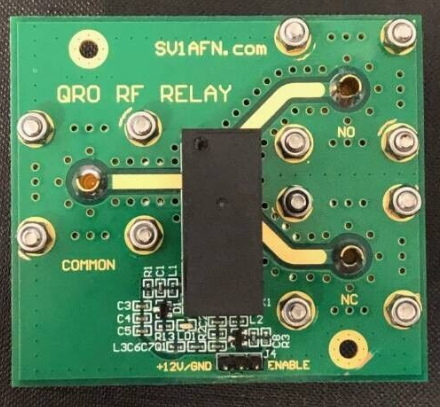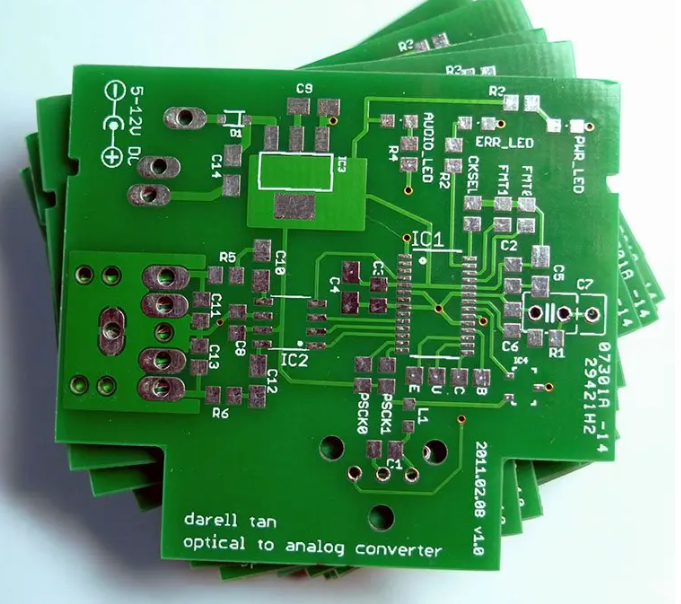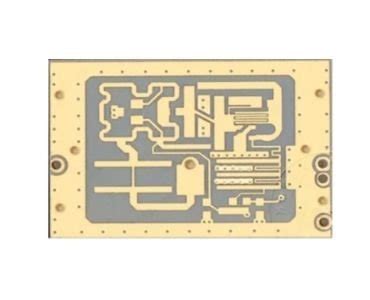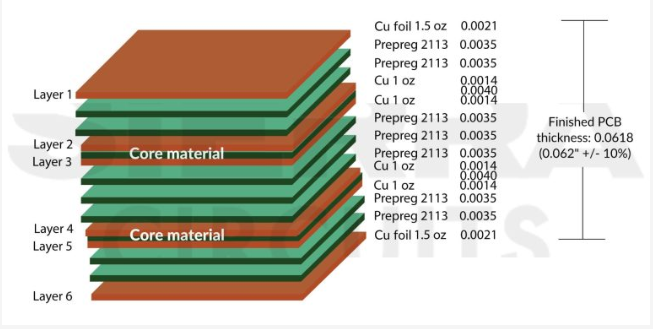Does PCB Have a Shelf Life? An In-Depth Analysis of Printed Circuit Board Longevity
Introduction to PCB Shelf Life Considerations
Printed Circuit Boards (PCBs) form the foundation of virtually all modern electronic devices, from smartphones to industrial equipment. As critical components in electronics manufacturing, understanding their longevity and potential degradation over time is essential for engineers, procurement specialists, and inventory managers. This raises an important question: Do PCBs have a shelf life, and if so, what factors determine their usable lifespan?
The concept of PCB shelf life refers to the period during which a manufactured PCB retains its intended functionality and reliability when stored under proper conditions before assembly and use. Unlike perishable food items with clearly marked expiration dates, PCB shelf life involves more complex considerations involving material science, environmental factors, and application requirements.
This article examines the various aspects affecting PCB longevity, including material degradation mechanisms, storage best practices, industry standards, and methods to extend shelf life. We’ll also explore how different PCB types vary in their aging characteristics and provide practical recommendations for managing PCB inventory.
Factors Affecting PCB Shelf Life
Material Composition and Degradation
The shelf life of a PCB primarily depends on its material composition. Standard FR-4 boards, the most common PCB substrate, typically have a recommended shelf life of 6 to 12 months from the date of manufacture when stored properly. This epoxy-based material can absorb moisture from the environment, leading to potential reliability issues if not addressed before assembly.
The copper layers in PCBs can oxidize over time, especially in humid environments. While this oxidation is generally superficial, it can affect solderability and may require surface cleaning before use. The solder mask and silkscreen materials may also degrade, becoming brittle or discolored after extended periods.
Surface Finish Considerations
Different surface finishes significantly impact PCB shelf life:
- HASL (Hot Air Solder Leveling): Typically offers 12 months of shelf life
- ENIG (Electroless Nickel Immersion Gold): Can provide 12-24 months of shelf life
- OSP (Organic Solderability Preservative): Generally has the shortest shelf life at 3-6 months
- Immersion Silver/Tin: Usually good for 6-12 months
The gold in ENIG finishes provides excellent protection against oxidation, explaining its longer shelf life compared to other finishes. OSP, while cost-effective, is more susceptible to environmental factors and handling damage.
Environmental Storage Conditions
Three key environmental factors dramatically affect PCB shelf life:
- Humidity: The greatest threat to stored PCBs. Moisture absorption can lead to delamination during soldering (the “popcorn effect”) and oxidation of metal surfaces. Relative humidity should be maintained below 60%.
- Temperature: Elevated temperatures accelerate all degradation processes. The ideal storage temperature range is 20-25°C (68-77°F).
- Light Exposure: UV light can degrade solder mask and silkscreen materials, particularly for boards stored in clear packaging near windows or under fluorescent lighting.
Industry Standards and Manufacturer Recommendations
IPC Standards for PCB Storage
The IPC (Association Connecting Electronics Industries) provides guidelines for PCB handling and storage:
- IPC-1601: Printed Board Handling and Storage Guidelines
- IPC/JEDEC J-STD-033: Handling, Packing, Shipping and Use of Moisture/Reflow Sensitive Components
These standards recommend vacuum-sealed packaging with desiccants for long-term storage and specify baking procedures to remove moisture before use if boards have been exposed to humid environments.
Manufacturer Specifications
Most PCB manufacturers provide shelf life recommendations based on:
- Base material used
- Surface finish type
- Special features (like via fill or thick copper)
- Testing and quality control procedures
It’s crucial to consult with your specific manufacturer for their certified shelf life estimates, as proprietary materials and processes can affect longevity.

Signs of PCB Degradation and Expiration
Recognizing when PCBs have exceeded their usable shelf life is critical for maintaining product quality. Common indicators include:
- Visible Oxidation: Discoloration or darkening of copper surfaces
- Solder Mask Cracking: Fine cracks or brittleness in the protective coating
- Delamination: Separation of layers visible at board edges
- Poor Solderability: Difficulty achieving proper wetting during assembly
- Increased Electrical Resistance: Particularly in high-frequency or high-speed applications
Extending PCB Shelf Life: Best Practices
Proper Packaging Methods
- Vacuum Sealing: The most effective method for long-term storage
- Desiccant Packs: Should be included in all PCB packaging
- Moisture Barrier Bags: Specialized anti-static bags with low moisture permeability
- Anti-Static Protection: Essential to prevent electrostatic discharge damage
Storage Environment Control
- Climate-Controlled Rooms: Maintain consistent temperature and humidity
- Dry Cabinets: For frequently accessed inventory
- Inventory Rotation: Implement FIFO (First In, First Out) systems
- ESD Protection: Proper grounding for all storage areas
Pre-Use Treatments
For PCBs that have been in storage:
- Baking: Typically 1-4 hours at 105-125°C to remove moisture
- Surface Cleaning: Isopropyl alcohol wipe for oxidation removal
- Re-testing: Electrical verification for critical applications
Special Cases and Exceptions
High-Reliability Applications
PCBs for aerospace, medical, or military applications often have:
- Stricter shelf life requirements
- More rigorous storage protocols
- Mandatory re-testing after storage periods
Flexible and Rigid-Flex PCBs
These typically have shorter shelf lives (3-6 months) due to:
- More sensitive materials
- Higher susceptibility to mechanical stress
- Special handling requirements
Prototype vs. Production Boards
Prototype boards often have less stringent manufacturing processes and may degrade faster than production-grade boards with full quality controls.

Conclusion and Practical Recommendations
While PCBs don’t “expire” in the traditional sense, they do have finite shelf lives determined by materials, finishes, and storage conditions. For most standard FR-4 boards, the practical shelf life ranges from 6 to 24 months under ideal conditions.
To maximize PCB shelf life and ensure reliability:
- Always store PCBs in moisture-proof packaging with desiccants
- Maintain controlled storage environments (20-25°C, <60% RH)
- Implement strict inventory rotation systems
- Follow manufacturer recommendations for specific board types
- Conduct appropriate pre-use treatments for stored boards
- Consider accelerated aging tests for critical applications
By understanding and properly managing PCB shelf life, manufacturers can significantly reduce quality issues, rework costs, and field failures while optimizing their inventory management practices. As PCB technology continues to evolve with new materials and finishes, shelf life characteristics may improve, but the fundamental principles of proper storage and handling will remain essential for electronic manufacturing quality.







